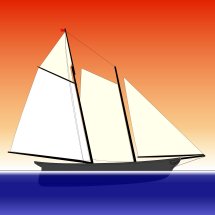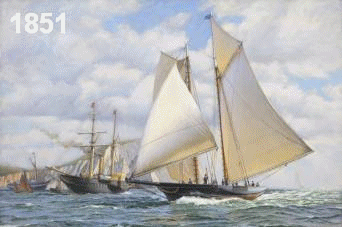 AMERICA'S CUP
AMERICA'S CUP1851-1937
"If we can fly today in the San Francisco Bay, this is because there have been "adventurers" like Walter Greene and Mike Birch.
To understand the future, we must know and respect the past."
Loïck PEYRON (Voiles et Voiliers July 2014)
![]()



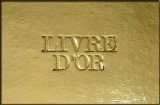
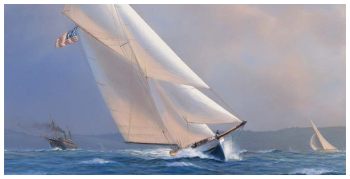
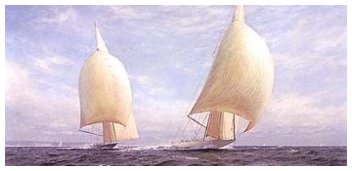



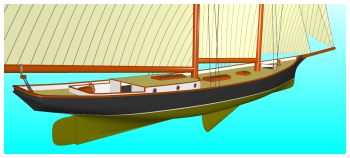
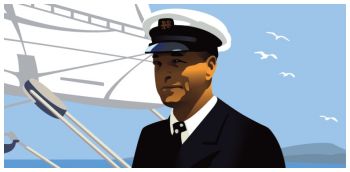 Harold Stirling Vanderbilt (July 6, 1884 – July 4, 1970) was a railroad executive, America’s Cup yachtsman with three Cup defenses, commodore of the New York Yacht Club, and originator of contract bridge.
Harold Stirling Vanderbilt (July 6, 1884 – July 4, 1970) was a railroad executive, America’s Cup yachtsman with three Cup defenses, commodore of the New York Yacht Club, and originator of contract bridge.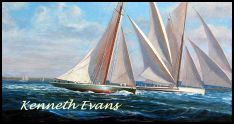 Kenneth Evans, marine artist Figurative Realism in Studio, more Impressionistic En Plein Air. His favorite themes are large nautical scenes and historical marine scenes. A native of coastal Stamford, he now resides in Yarmouth Port, MA.
Kenneth Evans, marine artist Figurative Realism in Studio, more Impressionistic En Plein Air. His favorite themes are large nautical scenes and historical marine scenes. A native of coastal Stamford, he now resides in Yarmouth Port, MA.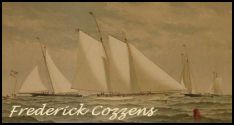 Born in Livingston, Staten Island, New York in 1846, Cozzens became one of the era's better known sea painters recognized primarily for his early depictions of the fledgling New York Yacht Club racing events. He was also noted for his portrayal of naval events and maneuvers.
Born in Livingston, Staten Island, New York in 1846, Cozzens became one of the era's better known sea painters recognized primarily for his early depictions of the fledgling New York Yacht Club racing events. He was also noted for his portrayal of naval events and maneuvers.

